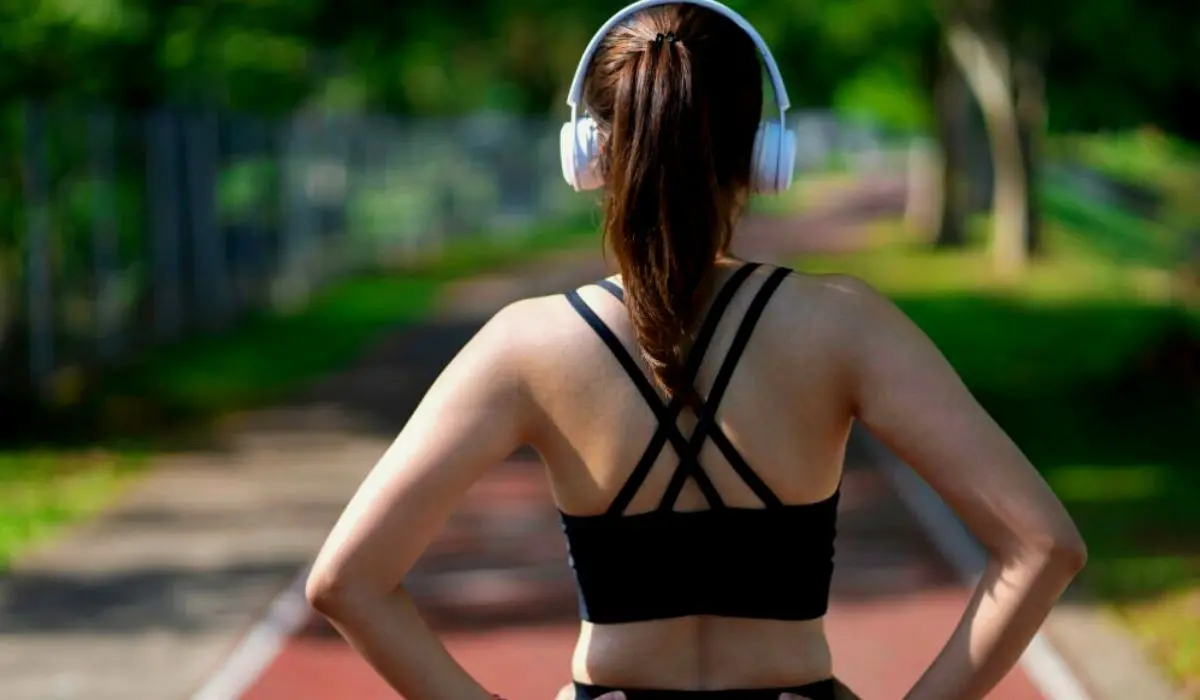Spectators, coaches, referees, and trainers actively use athlete performance technology. Wearable technology and sensors can help athletes train more effectively, make better game decisions, recover more quickly, and push their physical and mental limits.
Innovative sports and fitness wearable technology is becoming more popular. Everyone is interested in them, including professionals, sports enthusiasts, and people who just want to maintain a healthy lifestyle.
For instance, sensors, coaches, and athletes can collect data on vital signs and the surrounding environment. They can practice more effectively, pinpoint their deficiencies, and monitor their development in this way. By collecting photos of daily activities and synchronizing them with the data on your computer or mobile device, they frequently operate in real-time.
Common Examples Of Wearable Technology
- Smart Jewellery: This can include electronic pins, bracelets, rings, and watches. Smaller wearables often use a smartphone app for display and interaction.
- Body-mounted sensors are affixed to the body to monitor and communicate biological data for medical use.
- Fitness trackers: These wearables, which track physical activity and vital indicators, frequently look like straps, headbands, or wristbands. For data storage, processing, and reporting, trackers can wirelessly link to an app.
- Smart clothing: This clothing has technology incorporated into the fabric that can do several things, such as tracking fitness or health, interacting with phones and other devices, etc.
- AI hearing aids: Hearing aids powered by artificial intelligence (AI) can automatically adjust to the user’s environment and hearing needs while filtering out undesired noises. These gadgets, often known as hearable, might include features like translation, audio streaming, and fitness tracking.
- Augmented reality (AR) headsets: Utilizing a real-world setting, AR headsets incorporate digital data into a display of the user’s surroundings to allow interaction between the real world and virtual reality.
- VR headsets (VR): Virtual reality headsets completely replace the user’s environment with digital data and improve the created reality. The system has power over VR users.

Wearable sensors are discreet, portable, low-cost gadgets that can potentially change therapeutic rehabilitation. This potential can be attained by monitoring a person’s health daily. Wearable sensors are capable of both monitoring and diagnosing.
Motion sensing, biochemical monitoring, and physiological monitoring are all possible. The focus of these sensors during the past ten years has primarily been on the healthcare sector, where they provide continuous individual observation through noninvasive, real-time wearable sensors.
Their connectivity makes it possible to monitor athletes remotely and over an extended period of time, which is essential for rehabilitation. Wearable technology is compatible as it links to various intelligent devices via infrared, radio-frequency identification (RFID), Bluetooth, and near-field communication (NFC).
Harnessing Wearable Sensor Technology For Rehabilitation
Assessing the dynamics of the human body and adapting exercise, pharmacological, and physical interventions are necessary for rehabilitation. In this situation, bioelectric sensors are combined with inertial and pressure sensors to control movement and assess muscle performance. Virtual reality stimulus systems are deployed as additional platforms for rehabilitation, in addition to these sensors.
Current State, Limitations, And Future Direction Of Wearable Sensors For Rehabilitative Purposes
The market is expanding, and much of its potential will be fulfilled as developments in materials science enable the creation of next-generation sensors.
Wearable sensor utilization is still very new. Current clinical practice and wearable sensor constraints are the primary challenges to developing wearable sensor technologies. Clinical practice hurdles include a hectic working environment and a lack of understanding of wearable senses’ benefits.
One restriction is the poor accuracy of consumer-grade devices made for populations of athletes undergoing physical rehabilitation, including their vulnerability to mechanical wear over time, the restricted number of direct readings, and their sensitivity to temperature, pH, and humidity.
Read More:- The Importance Of Active Recovery: The Key To Fitness Success
Wearable sensors are anticipated to advance in agility, accuracy, robustness, and dependability in the next few years. It will more easily be incorporated into the regular fashion accessories their users use regularly. Due to the ability to monitor individuals remotely and in the privacy of their homes, wearable sensors will become less intrusive over time, facilitating healthcare.